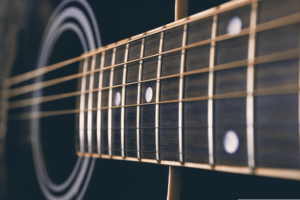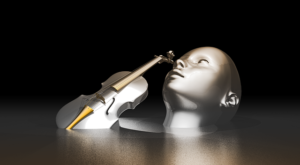How Teachers Can Tackle Noise and Hearing Loss – T.H.E. Journal
Expert Perspectives
How Teachers Can Tackle Noise and Hearing Loss
Schools can be noisier than many think, but for those who struggle to hear, technology can help teachers communicate better and live healthier lives.
Teachers are
communicators. But they can’t communicate what they…….

Expert Perspectives
How Teachers Can Tackle Noise and Hearing Loss
Schools can be noisier than many think, but for those who struggle to hear, technology can help teachers communicate better and live healthier lives.
Teachers are
communicators. But they can’t communicate what they need to in the
classroom if they can’t hear what students say. And schools can be
noisy places. Not rock concert noisy, but noisy enough to make
communication a challenge and potentially impact teachers’ hearing.
Not to mention, with many schools reopening with mask requirements to
help ward off Covid-19, hearing and communicating among teachers and
students is even harder — with or without the extra noise.
Studies have
shown that noise in classrooms can top 85 decibels, which is the
threshold above which prolonged exposure — like an entire school
day — can lead to hearing loss. (For reference, a normal conversation
occurs at roughly 60 to 70 decibels.) In a frequently cited study,
researchers found that 94 percent of teachers they surveyed said
their classrooms were too loud and 65 percent complained of hearing
issues, including tinnitus, which is that ringing in the ears
commonly caused by noise.
Classrooms can
also be acoustically challenging spaces, with hard surfaces (tile
floors, walls, whiteboards, chalkboards, etc.) that create excessive
reverberance and add to noise levels. Experts often focus their study
of noise in classrooms on its effects on students, but the same
science applies to teachers. A 2020 report
in the American Journal of Audiology looked at the
relationship between classroom acoustic standards and the ability of
students with hearing impairment to understand speech. In short, the
less reverberation (resonant noise) in a classroom, the easier it is
to hear what people — teachers and students — are saying.
Noise — whether
direct or reverberant — can affect teachers’ hearing, and by
affecting their hearing, it can make their job of communication more
difficult. But there are ways to hear better in the classroom.
The Impact of
Hearing Loss
Whether caused by
classroom noise itself or one of the myriad other daily sources of
excessive noise, teachers suffering from hearing loss face challenges
most others don’t deal with. It’s one thing to have trouble
hearing friends in a noisy restaurant — frustrating, no doubt, and
potentially exhausting, but limited to social engagements. It’s
another when your job is to educate a room full of students — to hear
and understand whether they’re grasping the subject matter — when
the environment either causes hearing loss or exacerbates a loss they
may not have known they suffered.
According to the
CDC’s National Center for Health Statistics, more than 37 million
individuals aged 18 and over report …….
Source: https://thejournal.com/articles/2021/12/08/how-teachers-can-tackle-noise-and-hearing-loss.aspx







